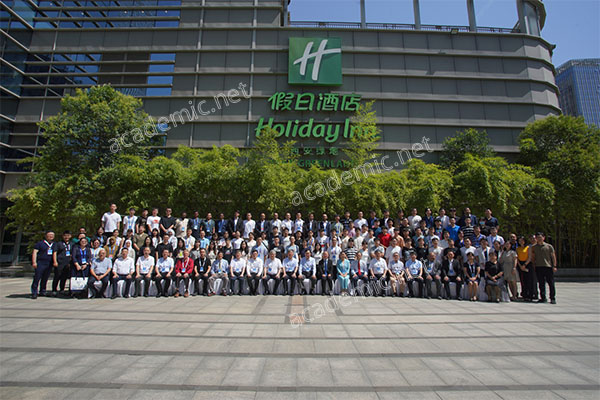What is a Conference Call for Papers?
A Conference Call for Papers (CFP) is an announcement or invitation issued by the organizers of an academic or professional conference to solicit submissions of research papers, abstracts, or proposals for presentations, workshops, or posters. Here are key aspects of a Conference Call for Papers:

Purpose
-
Solicitation: The primary goal is to attract high-quality research contributions from researchers, academics, and professionals to be presented at the conference.
-
Content: It outlines the scope, themes, and topics of interest for the conference, helping potential submitters understand what kind of research is welcomed.
-
Promotion: It serves as a promotional tool to raise awareness about the conference and to encourage participation.
Components of a Call for Papers
-
Conference Title and Theme: The name of the conference and its overarching theme or focus.
-
Important Dates:
- Abstract Submission Deadline: The date by which abstracts or proposals must be submitted.
- Notification of Acceptance: When submitters will be informed about the acceptance or rejection of their papers.
- Camera-Ready Paper Deadline: The final date for submitting the full, revised paper after acceptance.
-
Submission Guidelines:
- Instructions on how to submit (online portal, email, etc.), the required format, word or page limits, and any specific requirements for content or presentation.
-
Tracks or Topics: Specific areas or sub-themes within the conference where papers can be submitted.
-
Review Process: Information on how submissions will be reviewed (peer review, committee review, etc.), the criteria for acceptance, and the review timeline.
-
Publication: Details on whether the papers will be published in proceedings, journals, or other outlets, and any associated publication fees or open access policies.
-
Conference Details: Information about the conference location, dates, registration fees, and other logistical details.
-
Contact Information: Contact details for inquiries or for the program committee.
Process
-
Announcement: The CFP is typically announced through various channels like conference websites, academic.net, mailing lists, social media, and professional association newsletters.
-
Submission: Researchers prepare and submit their work according to the guidelines provided in the CFP.
-
Review: Submitted papers undergo a review process to assess their quality, relevance, originality, and contribution to the field.
-
Acceptance: Authors are notified of the acceptance or rejection of their submissions. If accepted, they might receive feedback or suggestions for improvement.
-
Presentation: Authors prepare their presentations or posters based on their accepted papers and present at the conference.
Benefits
-
Exposure: Authors get the opportunity to present their research to a broader audience, which can lead to recognition, feedback, and potential collaborations.
-
Publication: Many conferences publish accepted papers in proceedings or special journal issues, providing a formal publication record.
-
Networking: It facilitates networking with peers, experts, and potential collaborators.
-
Career Advancement: Presenting at conferences can be a significant part of an academic or professional career, enhancing one's CV or resume.
When planning to submit to a conference, it's crucial to read the CFP carefully to ensure your research aligns with the conference's themes and to adhere to all submission guidelines to maximize your chances of acceptance.
